Here’s what shippers need to know about UPS packaging guidelines and how to stay on the right side of a refund
Welcome to the second installment of 71lbs’ packaging guides to help you ship smarter, save money and prevent carrier complaints. In our last article, we looked at packaging tips for FedEx. Today’s focus is on UPS and how they expect shippers to prep packages for delivery. We’ll cover the right materials, the best practices and a few insider tips to give you everything you need to know to play your part perfectly.
The basics UPS is expecting
Shippers who don’t follow UPS’ baseline shipping practices are giving up all hope of a refund if the package is damaged in transit. UPS requires boxes in new or good-as-new condition, meaning the packaging must be firm with all flaps intact. Reused boxes must have all previous labels removed, especially when they indicate contents of a different nature than the current ones.
Every package should be well-cushioned, and UPS offers a go-to list for protection materials and safe packing. These include:
- Bubble wrap: Best for lightweight items, UPS requires at least 2 inches of this material per packed item (extra for sharp corners). Each item must be placed at least 2 inches from the package interior to compensate for shock and vibration in transit.
- Packing peanuts/loose fill: Again, recommended for lightweight items, peanuts and loose fill should be added until the package contents are unable to move. Loose fill materials are not recommended for use with flat, narrow or dense products that may migrate or shift within the package. Anti-static packing peanuts are recommended for electronic items.
- Over boxing: This refers to placing a smaller box inside a larger one for layered protection. UPS requires the larger box to be at least six inches (15.24 cm) longer, wider and higher than the smaller box. All sides of the package, including the bottom, should have 2-3 inches of cushioning material.
UPS cautions against simply slapping a thin wrapping and address label onto a manufacturer’s package and sending it out. The packages manufacturers ship are usually optimized for shipments on pallets, not for distribution as single pieces.
Don’t stumble on sealing and labeling
UPS requires shippers to seal packages with two inches or more width of pressure-sensitive or nylon-reinforced tape. Alternatively, 60-pound, three-inch wide water-activated reinforced tape may be used. When closing the box, three strips of tape must be applied to the top and bottom so the middle and two edge seams are sealed.
When labeling, UPS recommends using its own automated shipping system, which provides the correct domestic shipping documentation. If you’re shipping anything other than documents overseas, UPS requires one original and two copies of the commercial invoice along with the UPS shipping document.
Multiple packages to the same recipient require only the lead package to have a copy of the shipping document and three copies of the commercial invoice. Every package must have a securely attached address label and UPS services tracking label. Further documents, such as a certificate of origin, may be required for successful handling overseas, so contact UPS if in doubt.
Perfecting UPS shipment weights
Get your weight measurements right by sticking to the UPS guidelines. Like FedEx, UPS wants packages measured via the formula length plus 2x width plus 2x height (length is the longest side of the package). The girth — 2x width plus 2x height — is then added to the length for the total package measurement.
There’s no upper limit set by UPS on how heavy your shipment can collectively be, but there are restrictions on a per-item basis. Packages can weigh no more than 150lbs and be up to 108 inches in length or 165 inches in length and girth combined. Anything heavier than these limits must ship via UPS Freight — and remember that UPS requires a heavy package sticker on anything above 70lbs.
In some instances where larger shipments are being sent, dimensional weight calculations will require special pricing since dimensional weight reflects pallet density (the amount of space a pallet occupies in relation to its actual weight). UPS makes it easy for shippers to contact its packaging advisor, who will create a customized set of shipping guidelines based on the customer’s answers to a list of queries.
Packaging by product type
Irregularly shaped packages can be a headache. They also have their own set of rules. UPS also has a long list of guidelines for shipping special care items — particularly fragile or those which pose a hazard to health. If your business sends perishable items, like chocolate or flowers, the UPS post on Valentine’s Day is a good source of advice.
For the best advice around when it comes to shipping, consult with 71lbs. Our dedicated and experienced team can shed light on every potential pitfall shipping presents, and we can help you sidestep them all to maximize your shipping spend.
Connect with us at the link below and see why more than 5000 customers are already packing with a smile.
At 71lbs, we focus on two things: a) helping customers save money on shipping, and b) helping customers understand their shipping costs. We provide refunds and savings on shipping insurance, freight and imports, among other benefits. Our automated dashboard displays easy-to-understand shipping costs and insights so you can make better business decisions. Drop by the contact page to get in touch!



